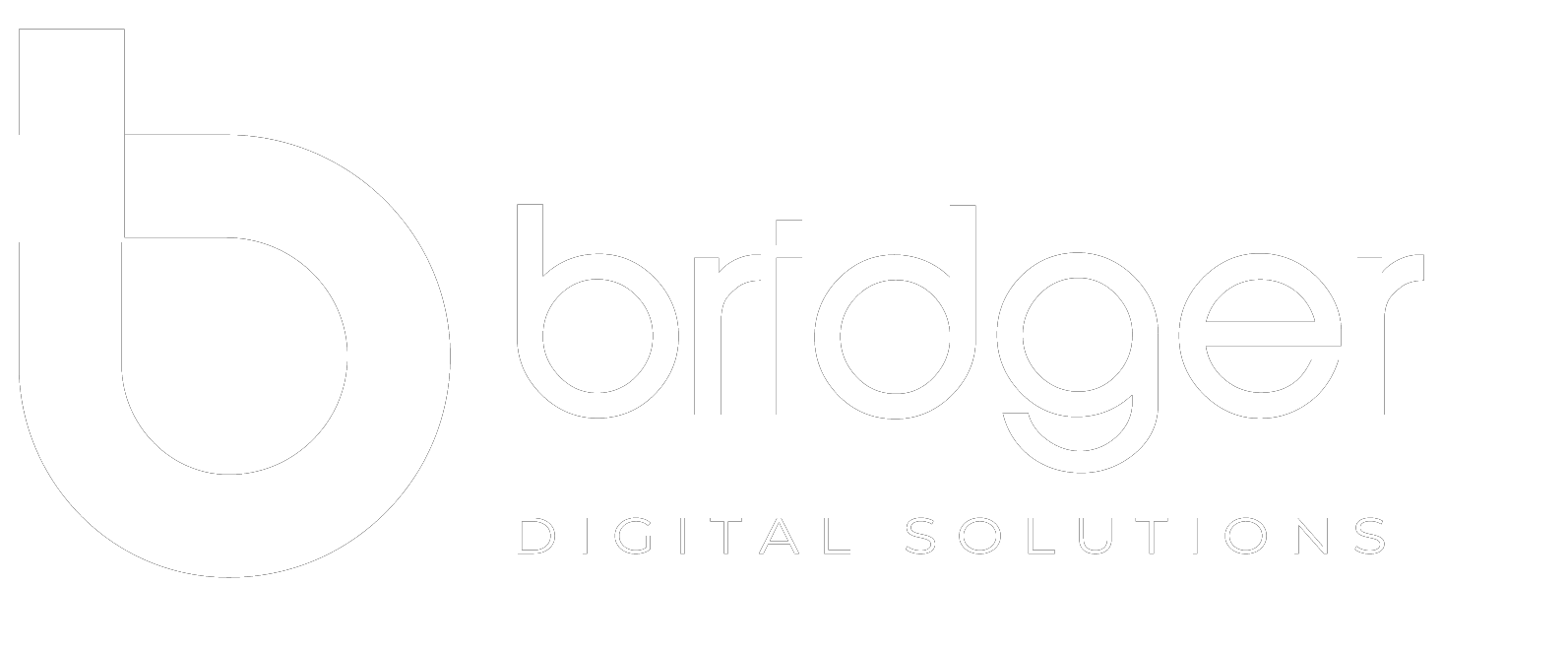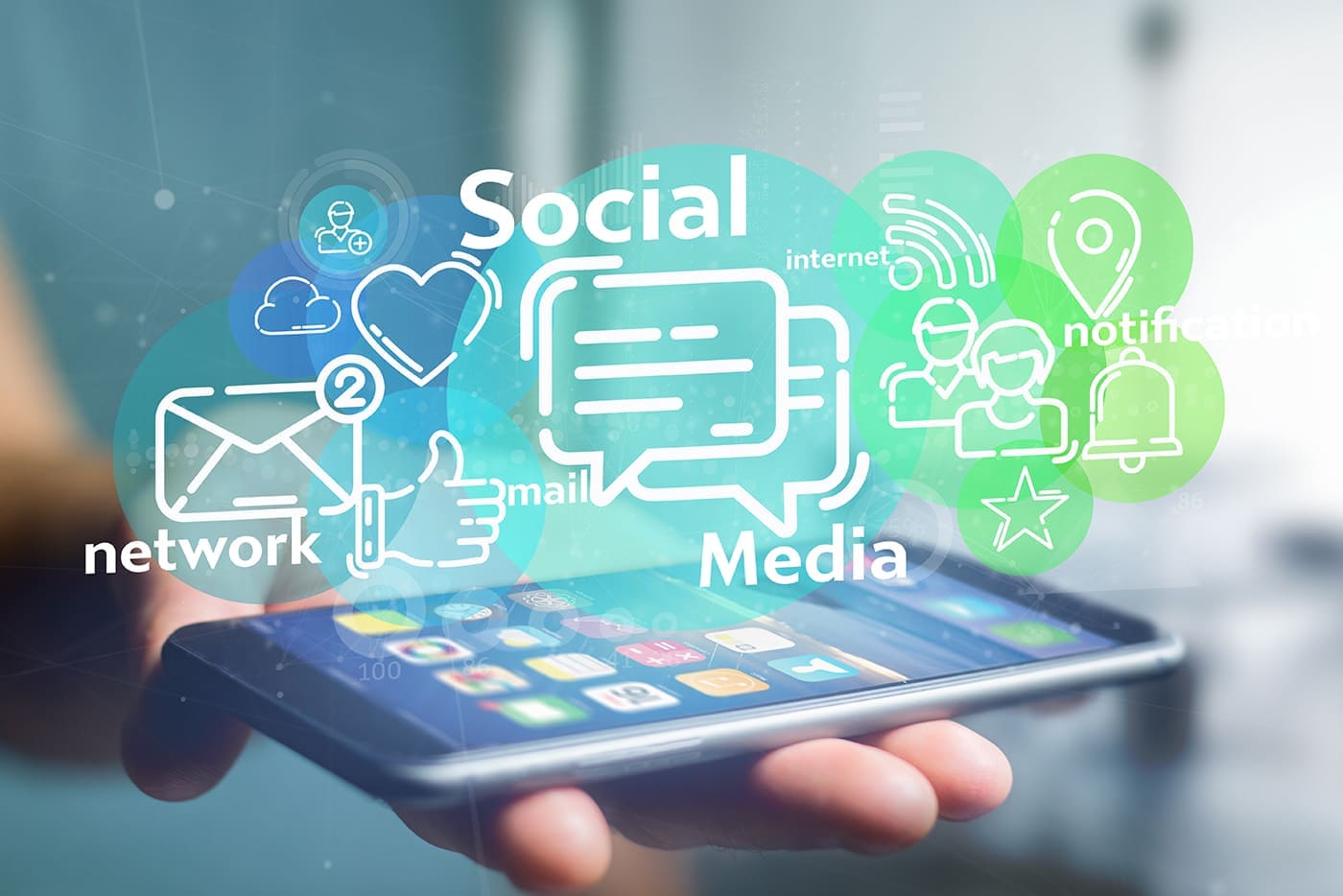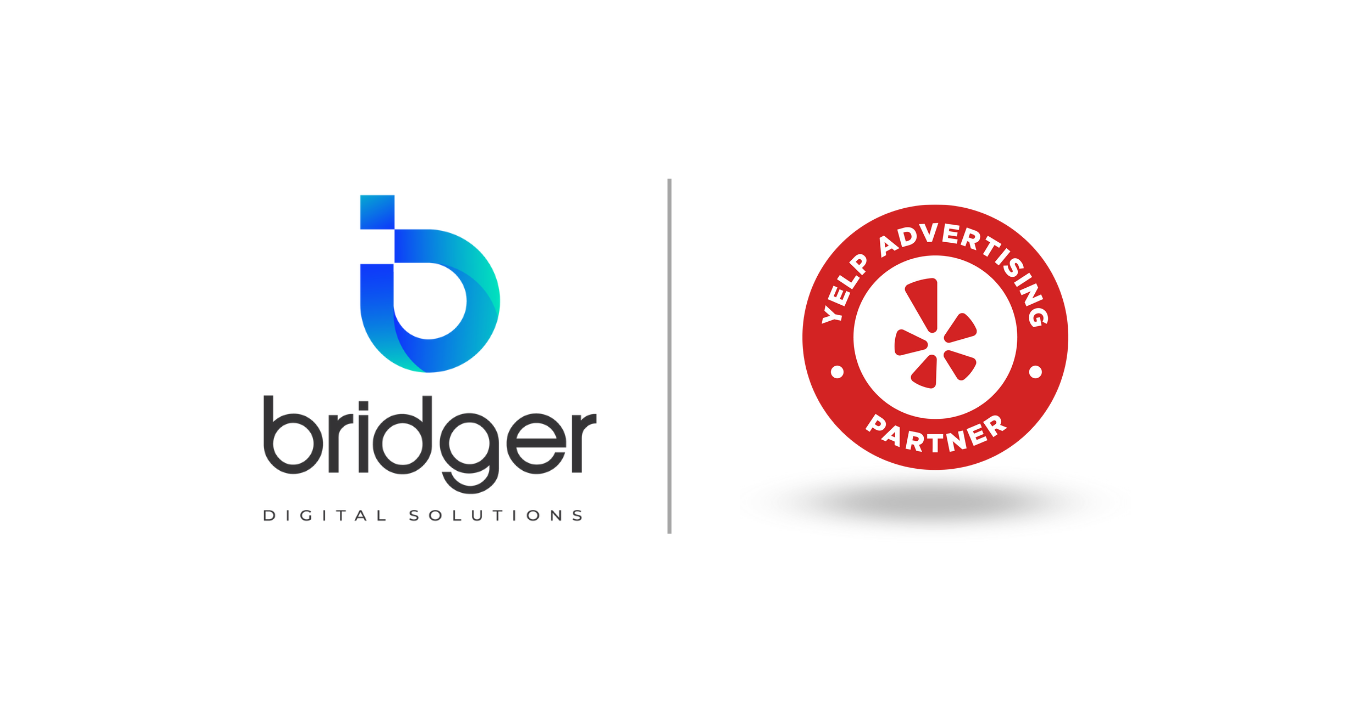Social Media roles in Digital Marketing
Social Media has become an integral part of digital marketing and has transformed how businesses communicate with their audience.
Social Media is a platform that allows individuals and organizations to create and share content and participate in social networking. It refers to using web-based and mobile technologies to turn communication into an interactive dialogue between organizations, communities, and individuals. Social media encompasses a range of online platforms, including social networking sites like Facebook, Twitter, LinkedIn, and Instagram, video sharing sites like YouTube, photo sharing sites like Pinterest and Flickr, and blogging and microblogging sites like Medium and Tumblr.
From a Marketing point of view, Social Media Marketing promotes a product, service, or brand through social media channels to reach a larger audience and drive engagement. It involves creating and sharing content, interacting with customers, and using paid advertising to reach a target audience.
- Social Media Channels for Digital Marketing
- Benefits and Advantages of Using Social Media in Digital Marketing
- Social Media tools that small businesses can apply
- The future of Social Media in the next 10 years
- Using OpenAI's GPT-3, including ChatGPT in various ways on social media platforms
Usage of Social Media Channels in the United States According to Statista, as of January 2022, there were over 330 million monthly active users of social media in the United States. Facebook remains the most popular social media platform, with over 255 million monthly active users, followed by YouTube, with over 200 million monthly active users. Other popular social media channels in the United States include Instagram, Twitter, TikTok, Snapchat, and LinkedIn.
Social Media Channels for Digital Marketing
- Facebook: is the largest social media platform, with over 2.8 billion monthly active users worldwide. It provides businesses a platform to connect with customers, build brand awareness, and generate leads and sales.
- Instagram: is a visual social media platform that allows businesses to showcase their products and services through high-quality images and videos. It has over 1 billion monthly active users worldwide and is a popular platform for fashion, beauty, and food brands.
- Twitter: is a microblogging platform that allows businesses to share short updates and interact with customers in real-time. It has over 330 million monthly active users worldwide and is a popular customer service and crisis management platform.
- LinkedIn: is a professional networking platform that allows businesses to connect with other professionals and recruit top talent. It has over 700 million registered users worldwide and is a popular B2B marketing and thought leadership platform.
- TikTok: is a short-video platform that allows businesses to reach a younger audience with creative and entertaining content. It has over 1 billion monthly active users worldwide and is a popular platform for entertainment and lifestyle brands.
Benefits and Advantages of Using Social Media in Digital Marketing.
- Increased reach and exposure: Social media allows businesses to reach a wider audience and increase brand exposure. With over 2.8 billion monthly active users on Facebook alone, businesses can reach a global audience and connect with customers from around the world.
- Improved customer engagement: Social media allows businesses to engage with customers in real time and build strong relationships. It provides a platform for businesses to respond to customer inquiries, address customer concerns, and showcase their products and services.
- Better customer insights: Social media provides valuable insights into customer behaviour, preferences, and opinions. Businesses can better understand their audience and make informed decisions about their marketing strategies by analyzing social media data.
- Cost-effective marketing: Social media marketing is a cost-effective way to reach a large audience and build brand awareness. With the ability to target specific demographics, businesses can reach their target audience without spending much money on advertising.
- Improved brand reputation: Social media allows businesses to build a positive brand reputation by showcasing their products and services, responding to customer inquiries, and addressing customer concerns. This can help to build trust and credibility.
Here are some Social Media Platforms that small businesses can apply:
- Hootsuite: Hootsuite is a social media management tool that allows small businesses to schedule and publish content, monitor mentions, and analyze social media performance.
- Canva: Canva is a graphic design tool that allows small businesses to create eye-catching graphics for their social media platforms.
- Buffer: Buffer is a social media management tool that allows small businesses to schedule and publish content and analyze their social media performance.
- Sprout Social: Sprout Social is a social media management tool that allows small businesses to schedule and publish content, monitor mentions, and analyze their social media performance.
- Google Analytics: Google Analytics is a web analytics tool that allows small businesses to track their website traffic and measure the success of their social media campaigns.
- Facebook Ads Manager: Facebook Ads Manager is a tool that allows small businesses to create and manage their Facebook advertising campaigns.
By learning and applying these social media tools, small businesses in the United States can effectively reach their target audience and achieve their marketing goals through social media marketing.
Here are some predictions for the future of Social Media in the next 10 years:
- Increased Focus on Privacy and Security: With increased concerns over data privacy and security, social media platforms will likely place a greater emphasis on user privacy, data protection, and security measures. It may result in more stringent regulations and stronger encryption technologies.
- Integration with Virtual and Augmented Reality: Virtual and Augmented Reality (VR/AR) technologies will likely become more integrated with social media platforms. This will allow users to experience a more immersive and interactive social media experience, including virtual events, interactive advertisements, and social media games.
- Rise of Micro-Influencer Marketing: Brands will likely shift away from partnering with large celebrity influencers and towards partnering with micro-influencers. Micro-influencers are individuals with a smaller but highly engaged following who are often seen as more trustworthy and relatable.
- The emergence of Social Commerce: Social commerce, which involves buying and selling products directly through social media platforms, is likely to become more prevalent. This will give small businesses new opportunities to reach customers and drive sales through social media.
- Greater Emphasis on User-Generated Content: Social media platforms will likely place a greater emphasis on user-generated content, including user reviews, ratings, and comments. This will allow businesses to receive more valuable customer feedback and provide users with a more personalized and engaging experience.
- Increased Use of Artificial Intelligence and Machine Learning: Social media platforms will likely leverage Artificial Intelligence (AI) and Machine Learning (ML) technologies to provide a more personalized and relevant user experience. This may include personalized content recommendations, sentiment analysis, and predictive analytics.
These potential changes may occur in the next ten years as Social Media evolves and impacts how businesses interact with customers and market their products and services.
OpenAI's GPT-3, including ChatGPT, can be used in various ways on social media platforms.
Here are a few ways that businesses and organizations can utilize ChatGPT in their social media strategy:
- Chatbots: ChatGPT can be integrated into chatbots on social media platforms to provide automated customer support and engagement. Chatbots powered by ChatGPT can answer common customer questions and provide helpful information, freeing time for human customer support staff.
- Content Generation: ChatGPT can generate creative and engaging content for social media platforms, including captions, hashtags, and posts. This can help businesses and organizations save time and effort in their content creation process.
- Sentiment Analysis: ChatGPT can be trained to analyze the sentiment of social media posts and comments, allowing businesses to gain valuable insights into the attitudes and opinions of their customers.
- Predictive Analytics: ChatGPT can provide predictive analytics and insights into customers' behaviour on social media platforms, helping businesses make informed decisions about their social media strategy.
- Customer Service: ChatGPT can be integrated into customer service systems on social media platforms to provide quick and accurate responses to customer inquiries and support requests.
ChatGPT can be a valuable tool for businesses and organizations looking to enhance their social media presence and drive customer engagement. By leveraging the advanced capabilities of GPT-3, businesses can streamline their social media processes, provide a better customer experience, and make more informed decisions about their social media strategy.
In conclusion, social media is critical in digital marketing, providing businesses with a powerful platform to reach and engage with customers. The number of social media users in the United States continues to grow, with billions of people using platforms like Facebook, Instagram, and Twitter daily. These platforms offer a range of benefits for businesses, including increased brand visibility, improved customer engagement, and valuable insights into customer behaviour.
Social media marketing uses social media platforms to promote a business or product. It involves creating and sharing content, engaging with customers, and analyzing the performance of social media campaigns. Many social media tools are available to help businesses maximize the impact of their social media marketing efforts, including chatbots, content generation tools, sentiment analysis, predictive analytics, and more.
ChatGPT, a language model developed by OpenAI, is a powerful tool that can be used in various ways on social media platforms. It can be integrated into chatbots, generate content, perform sentiment analysis, provide predictive analytics, and more. By leveraging the advanced capabilities of GPT-3, businesses can streamline their social media processes, provide a better customer experience, and make more informed decisions about their social media strategy.
Looking ahead, the future of social media is likely to involve increased emphasis on privacy and security, greater integration with VR/AR technologies, the rise of micro-influencer marketing, the emergence of social commerce, and a greater emphasis on user-generated content. It will be exciting to see how social media continues to evolve and impact how businesses interact with customers and market their products and services.




